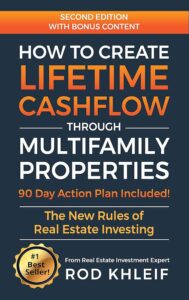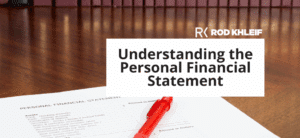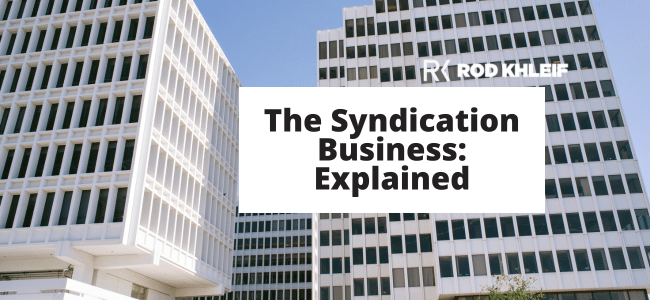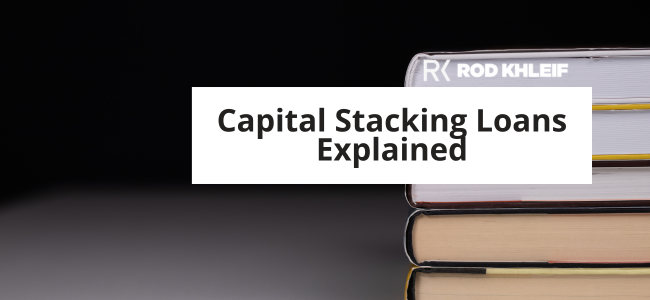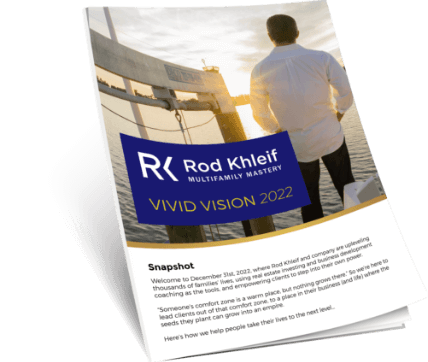The Truth About Debt Financing in Real Estate
If you’ve already purchased an investment property, you might be familiar with some of the concepts I’m about to share. But whether you’re new or experienced, understanding debt financing is crucial for any investor looking to build long-term wealth through real estate.
We’ve all been told: Debt is bad.
Over and over, we hear it. Cut up the credit cards, avoid loans, pay everything off as soon as possible.
But here’s the real question: Is all debt bad?
No!
Can debt actually build wealth?
Absolutely!
The key is knowing the difference between bad debt and good debt.
Bad debt= credit cards, car loans, and any borrowing that doesn’t produce income. This can be a financial trap.
Good debt= debt used to acquire income producing assets. This can be one of the most powerful tools for building wealth.
Debt Financing: The Power of Leverage in Real Estate
Leverage, or using debt financing, is what allows real estate investors to buy more property, scale faster, and boost returns without needing massive amounts of upfront capital.
Let’s break it down with a simple example.
No Debt vs. Smart Debt: Which Creates More Wealth?
Imagine you buy a $1,000,000 property in cash. This property produces $75,000 in Net Operating Income (NOI) per year, giving you a 7.5% return.
Now, let’s say you use debt financing instead—putting 25% down ($250,000) and financing the remaining $750,000. Even after mortgage payments, you walk away with $20,000 in annual cash flow, giving you an 8% cash-on-cash return—higher than the all-cash scenario.
But here’s where debt financing gets really exciting…
Because you only put $250,000 down, you now have $750,000 left to invest in three additional properties.
Now, instead of earning $75,000 from one property, your four leveraged properties could generate $80,000 to $100,000 in combined cash flow.
✔ More cash flow
✔ More appreciation
✔ More tax benefits
✔ Faster portfolio growth
This is why smart investors use leverage. They don’t just buy properties, they buy cash flow.
The Dangers of Too Much Debt: Lessons from 2008
Now, let’s be clear, debt can be dangerous if you misuse it.
If you were investing in 2005-2007, you saw a lot of risky loans with 85-90% loan-to-value (LTV) ratios, short term financing, and balloon payments. Many investors borrowed too much at the peak of the market. When values dropped, they couldn’t refinance, their loans came due, and they lost everything.
So how do you protect yourself from making the same mistake?
How to Use Debt Safely in Multifamily Investing
- Keep Loan-to-Value (LTV) in Check: Aim for 70-75% LTV in normal markets and 60-65% when prices get overheated.
- Secure Long-Term Fixed-Rate Loans: 10- to 20-year fixed-rate financing protects you from rising interest rates and economic downturns.
- Maintain Strong Cash Reserves: Keep 6-12 months of expenses in reserves to cover unexpected costs.
- Only Buy Cash-Flowing Properties: Debt is only safe when the property’s income covers the mortgage, expenses, and reserves.
Debt Financing vs. No Debt: Which One Wins?
A great way to compare different leverage scenarios is by looking at Internal Rate of Return (IRR).
Example:
- Deal A: 10% IRR with 50% leverage (lower risk, lower return)
- Deal B: 14% IRR with 75% leverage (higher risk, higher return)
Is the extra risk worth the extra return? If the market shifts, will you still be able to cover the mortgage?
This is why I always stress conservative leverage. You want to maximize returns while minimizing risk.
Using Equity to Expand Your Portfolio
Over time, your properties build equity, which can be leveraged to acquire more assets.
How to Use Equity for Growth
✔ Cash-Out Refinance: Pull equity from existing properties to fund new investments while keeping your LTV manageable.
✔ 1031 Exchange: Sell a property tax-free and reinvest into a larger multifamily deal.
This is how experienced investors keep scaling without relying on their own money.
Final Thoughts from Rod Khleif
If you want to build wealth through real estate, you need to understand debt financing.
Used wisely, debt is not the enemy, it’s a powerful tool.
The right debt financing strategy will allow you to:
✔ Scale faster
✔ Increase cash flow and returns
✔ Protect yourself from market downturns
But here’s the key, you have to use debt responsibly.
I’ve seen investors go from owning one duplex to controlling thousands of units simply by using smart leverage, securing long-term fixed-rate financing, and only buying properties with strong cash flow.
If you’re just starting out, focus on:
✔ Buying cash flowing properties
✔ Using moderate leverage (70-75% LTV max)
✔ Securing long-term, fixed-rate debt
✔ Keeping cash reserves for market shifts
As you gain experience, you’ll learn how to optimize debt financing to maximize returns, reduce risk, and create lifetime cash flow.
If you’re serious about multifamily investing, I want to help you succeed.
Ready to Build Your Multifamily Empire? 🚀
Join my Multifamily Bootcamp that has helped thousands of investors go from dreaming to doing. This is your chance to learn from a top real estate investing mentor and get the exact strategies to create financial freedom with multifamily real estate.
🎟 Reserve Your Spot Now: Get Your Ticket
Let’s make this happen!





